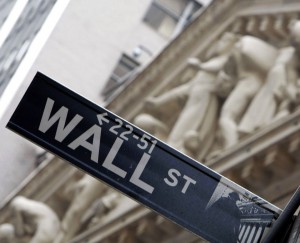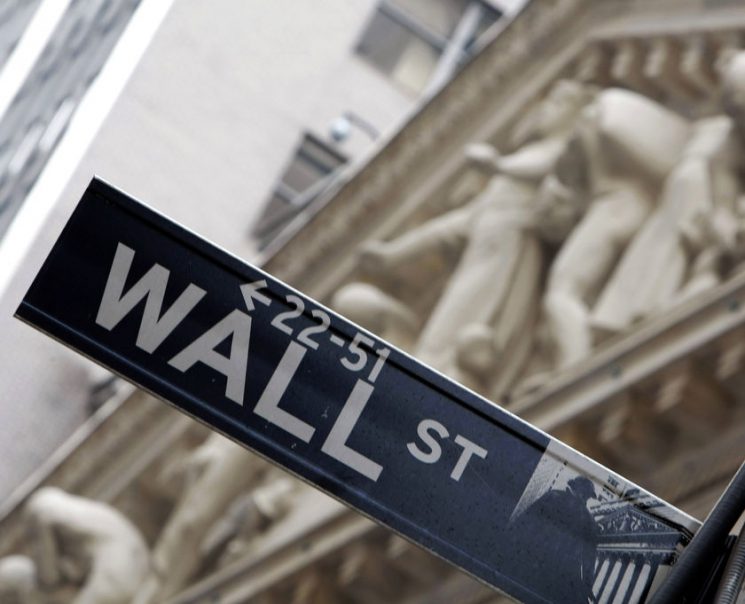 American regulators have increased capital requirements for some of the country’s largest banks. The United States’ largest banks will be required to hold at least five per cent equity in order to pad themselves against losses incurred during a crisis.
American regulators have increased capital requirements for some of the country’s largest banks. The United States’ largest banks will be required to hold at least five per cent equity in order to pad themselves against losses incurred during a crisis.
The new regulatory measures, which were implemented by the Federal Reserve, the Federal Deposit Insurance Corporation, and the Comptroller of Currency, are ‘light’, with leaders of the regulators claiming they would like to tighten the rules further.
The country’s eight largest banks will be required to hold an additional $68 billion in cash to prevent another financial crisis from creating instability. The rule, which is scheduled to affect banks in 2018, is an increase from the current 3 per cent limit.
Analysts believe that the new regulations will reduce profits for the major banks, as they will have to keep a greater amount of their cash assets in reserve and use less in investments. Regulators claim it will prevent major losses from toppling banks.
Some of the banks affected by the new regulations include Goldman Sachs, Citigroup and Wells Fargo. The regulations will have the greatest effect on Goldman Sachs and Morgan Stanley, both of which are investment banks that do not take deposits from retail banking customers.
This puts them at a disadvantage compared to rivals such as Wells Fargo, which has a huge base of retail customer deposits. Economists claim it also puts US banks at a disadvantage compared to their rivals in Europe and Asia, as the new rules exceed the international minimum equity-to-assets ratio limit of 3 per cent.
Regulators hope that the new leverage ratio will act as the first in a set of sweeping new financial rules. Federal Reserve governor in charge of regulation, Dan Tarullo, stated that the Fed might go further in regulating the risk-taking activity of major banks to prevent another crisis from occurring.





